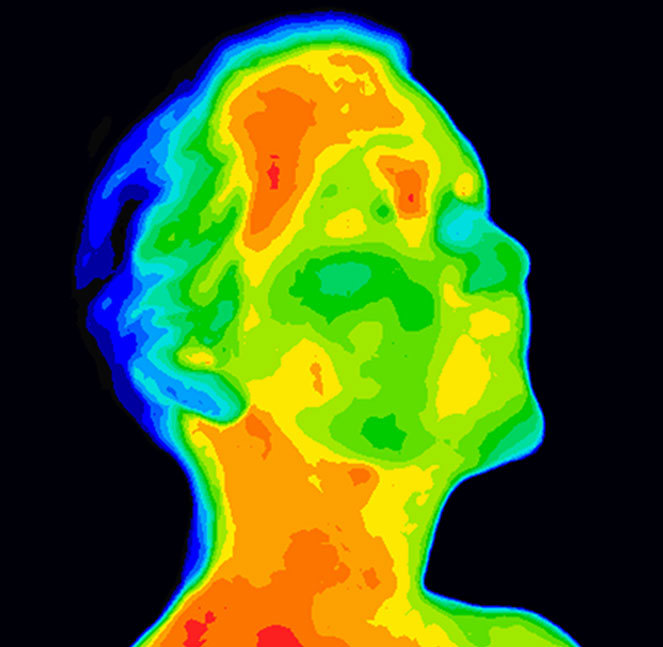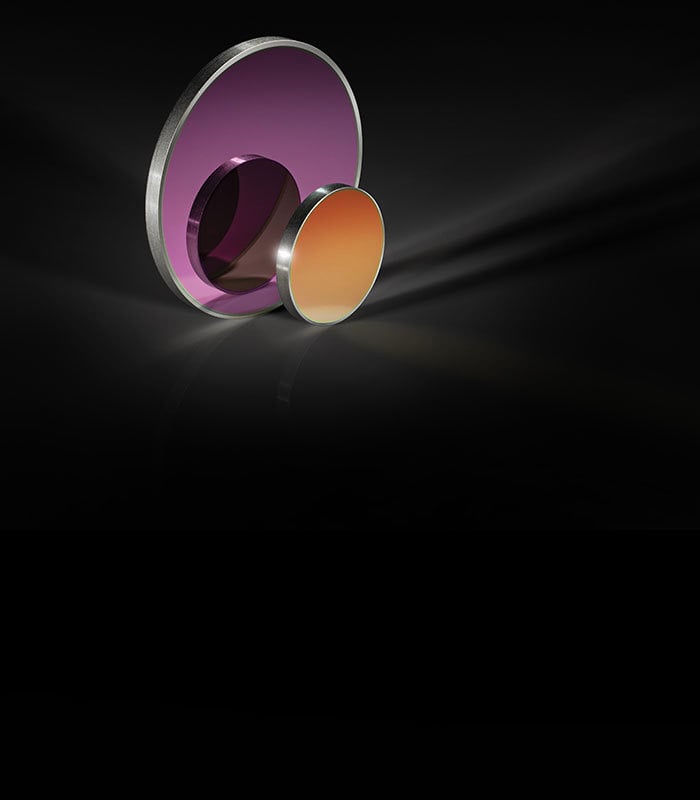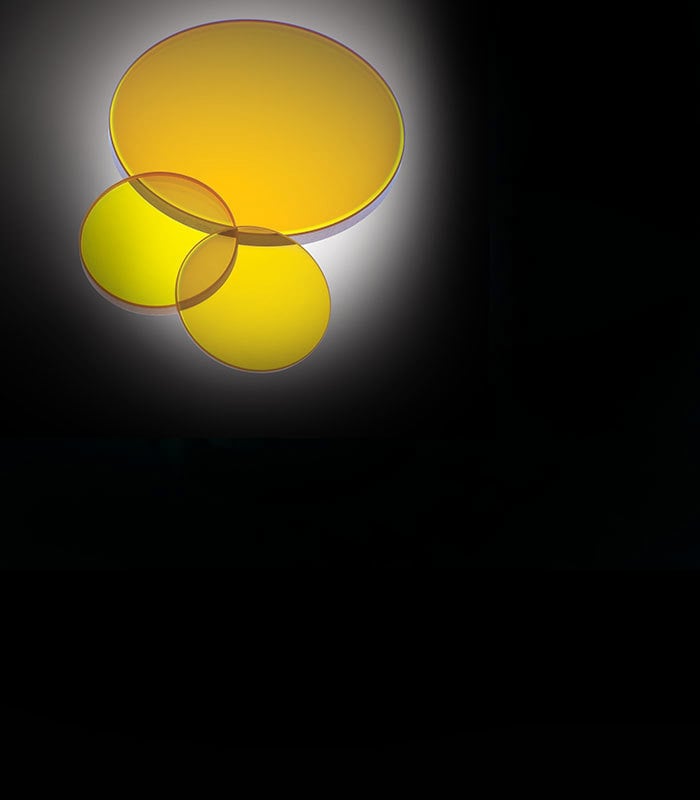
The future depends on quickly and safely detecting elevated body temperatures that may indicate the presence of contagious diseases, such as COVID-19, which is caused by the novel coronavirus.
The temperature of an object can be determined by the amount of infrared energy emitted by that object, if its emissivity is known. The infrared radiation emitted by the human body typically has a peak wavelength around 9µm.1 Variations in temperature result in changes in emitted infrared radiation, allowing thermal imaging systems to identify when a subject’s body temperature is outside a normal range (Figure 1).

Non-contact thermometers range from inexpensive handheld devices to large-area scanners that can analyze groups of people at a longer range. While handheld devices are easily accessible and useful for testing people one at a time, large-area scanners are highly-scalable and effective for screening in airports, hospitals, and densely-populated areas.
While target distance and ambient temperature can affect the exact value of a non-contact thermal reading, the reduced contamination risk of non-contact thermometers compared to contact thermometers makes them more suitable for combatting a contagious pandemic.
Infrared fever detection systems require optical components made from germanium, zinc selenide, and other substrates that can transmit wavelengths around 9µm (Figure 2). Details on specific infrared substrates can be found in our application note, The Correct Material for Infrared Applications. Many inexpensive, handheld non-contact thermometers use molded germanium optics, while large-area temperature scanners typically require higher-precision infrared components.

With five global manufacturing facilities, Edmund Optics® provides competitively priced state-of-the-art standard and custom infrared components for thermal imaging and other infrared applications. Our capabilities include windows, aspheric lenses, prisms, off-axis parabolic mirrors, and laser and imaging assemblies. Optical fever detection, along with countless other optics-enabled technologies, are helping create a safer and healthier future.










or view regional numbers
QUOTE TOOL
enter stock numbers to begin
Copyright 2023, Edmund Optics India Private Limited, #267, Greystone Building, Second Floor, 6th Cross Rd, Binnamangala, Stage 1, Indiranagar, Bengaluru, Karnataka, India 560038
California Consumer Privacy Acts (CCPA): Do Not Sell or Share My Personal Information
California Transparency in Supply Chains Act